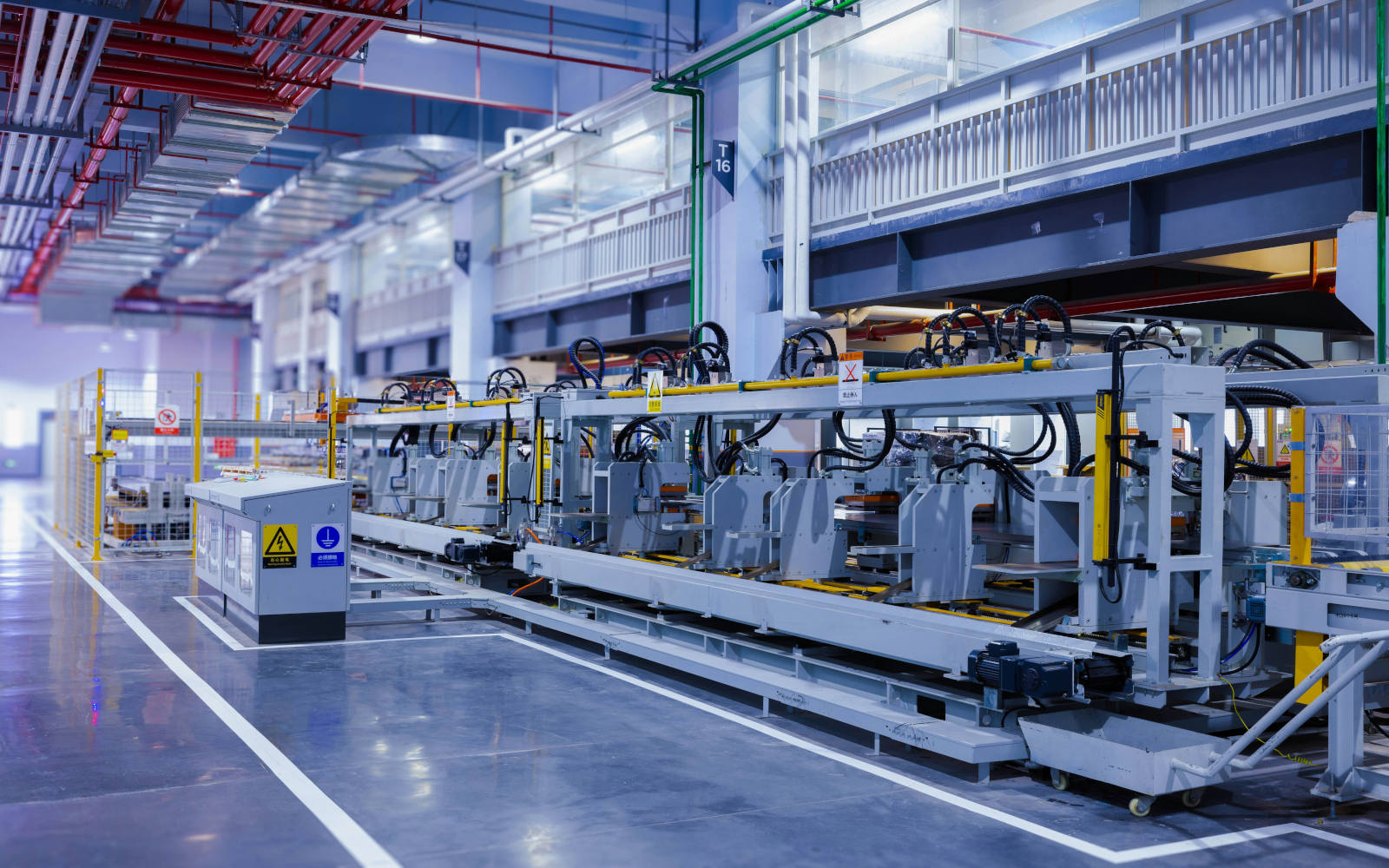Carbon Monoxide (CO) is a colorless, odorless gas that is highly toxic to humans and animals. It is produced by the incomplete combustion of carbon-containing fuels and is commonly found in industrial settings, as well as in everyday environments like homes and vehicles.
This article explores the health effects of CO exposure, its applications, and critical safety measures to protect workers and individuals from its dangers.
Health Effects of Carbon Monoxide Exposure
Carbon Monoxide poses severe health risks because it binds to hemoglobin in the blood, preventing oxygen from being transported throughout the body. The severity of the health effects depends on the concentration of CO and the duration of exposure.
Acute Exposure
- Mild to Moderate Exposure: Symptoms of mild CO exposure include headache, dizziness, weakness, nausea, vomiting, chest pain, and confusion. These symptoms are often mistaken for those of other illnesses, such as the flu.
- Severe Exposure: High levels of CO can lead to more severe symptoms, including loss of consciousness, arrhythmias, seizures, and in extreme cases, death. Immediate medical attention is required for severe CO poisoning.
Chronic Exposure
- Long-Term Health Effects: Chronic exposure to lower levels of CO can result in persistent headaches, dizziness, and cognitive impairments. It can also exacerbate cardiovascular conditions and lead to long-term neurological issues.
- Vulnerable Populations: Pregnant women, infants, elderly individuals, and those with pre-existing health conditions are more susceptible to the effects of CO exposure and may experience symptoms at lower concentrations.
Industries and Applications
Carbon Monoxide is produced and encountered in various industrial processes and everyday activities. Key industries and sources include:
- Automotive and Transportation: CO is a common byproduct of internal combustion engines. It is a significant concern in garages, tunnels, and enclosed areas where vehicle exhaust can accumulate.
- Metal Production: In the steel industry, CO is generated during the reduction of iron ore in blast furnaces. It is also used as a reducing agent in metal refining processes.
- Chemical Manufacturing: CO is utilized in the synthesis of chemicals like methanol and phosgene, and as a raw material in the production of various organic compounds.
Safety Considerations and Best Practices
Given the dangers associated with Carbon Monoxide, it is crucial to implement comprehensive safety measures to detect and prevent exposure.
Monitoring and Detection
- Gas Detection Systems: Reliable CO gas detectors, such as the Accusafe or GasD 8000 by Interscan, are essential for continuously monitoring CO levels in the workplace. These detectors should be installed in areas with potential CO sources and regularly maintained.
- Ventilation: Proper ventilation systems are vital to disperse CO and maintain air quality, especially in enclosed or poorly ventilated areas.
Personal Protective Equipment (PPE)
- Respiratory Protection: In situations where CO exposure is likely, appropriate respiratory protective equipment, such as air-purifying respirators with CO cartridges or self-contained breathing apparatus (SCBA), should be used.
- Eye and Skin Protection: While CO primarily poses an inhalation risk, wearing protective clothing and equipment is necessary when working in environments where CO is present alongside other hazardous substances.
Emergency Response and Training
- Emergency Protocols: Establish clear emergency response procedures, including evacuation plans, first aid measures, and communication protocols. Carbon monoxide poisoning can be life-threatening, and quick action is crucial.
- Training and Education: Regular training on the dangers of CO, proper use of detection equipment, and emergency response actions is essential. Employees should be aware of the symptoms of CO poisoning and know how to respond.
Lesser-Known Insights and Considerations
- Silent Killer: CO is often referred to as the “silent killer” because it is colorless and odorless, making it difficult to detect without proper equipment. This underscores the importance of continuous monitoring.
- Occupational Exposure Limits: Occupational exposure limits for CO vary by region and industry. In the United States, OSHA has set a permissible exposure limit (PEL) of 50 ppm over an 8-hour workday. Employers must adhere to these regulations to ensure worker safety.
Carbon Monoxide is a pervasive and dangerous gas, requiring vigilant safety measures to prevent exposure and protect individuals in industrial and everyday environments.
Understanding the health effects of CO, implementing effective monitoring systems, and following best practices for safety can significantly reduce the risks associated with this hazardous gas.
For more information on CO gas detection systems and to request a quote for the Accusafe or GasD 8000 by Interscan, contact us today. Prioritize safety with reliable gas detection solutions tailored to your industry’s needs.


